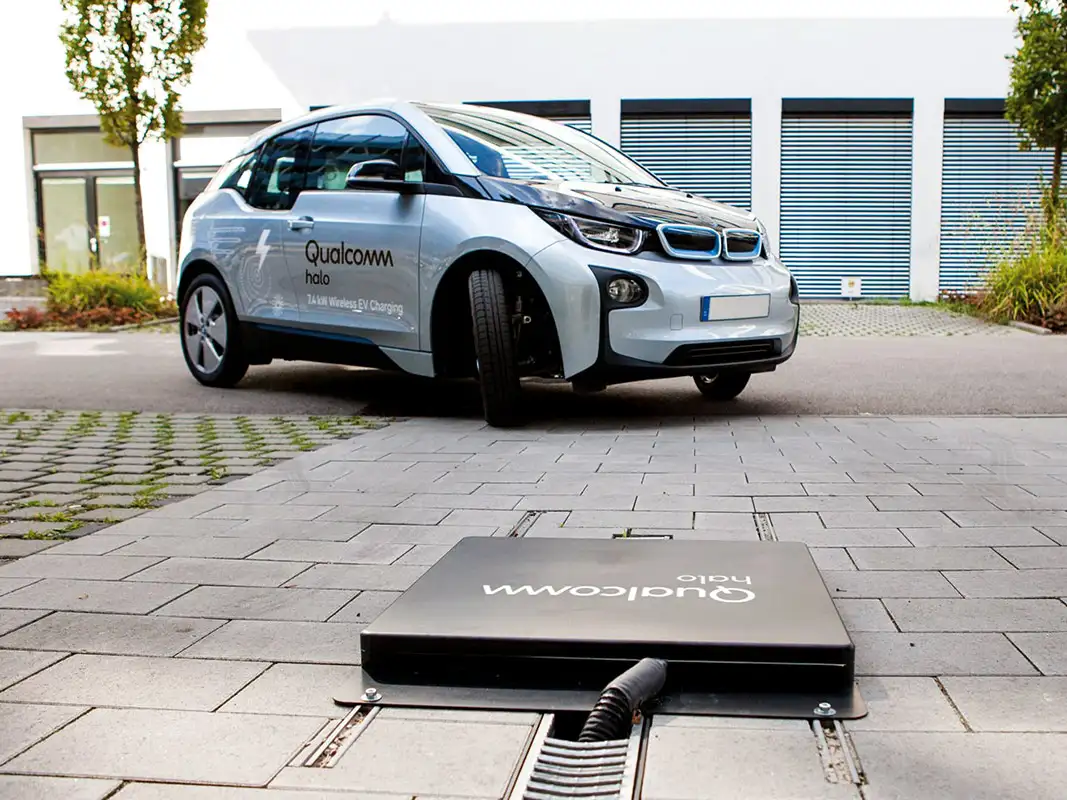In the bustling cityscape of 2023, a silent revolution is underway. Imagine driving your electric vehicle into a parking lot, stepping out, and simply walking away while your car charges wirelessly. This isn’t science fiction—it’s the present, thanks to advancements in wireless EV charging technology. As urban centers grapple with pollution and congestion, wireless charging is emerging as a game-changer, poised to reshape urban mobility. In this article, we explore how this technology works, its impact on urban life, and what the future holds for electric vehicle users.
What is Wireless EV Charging?
Wireless EV charging, also known as inductive charging, eliminates the need for plugging in. It works through electromagnetic fields to transfer energy between a charging pad on the ground and a receiver on the vehicle. This innovation is not just about convenience—it’s about ushering in a new era of sustainable urban mobility.
How Does Wireless EV Charging Work?
- Inductive Charging Pads: These are installed on the ground in parking spaces or even embedded in roads.
- Receivers: Vehicles equipped with a receiver can harness the electromagnetic field generated by the pad.
- Efficiency: While traditional cable charging can reach efficiencies of up to 95%, current wireless solutions boast efficiencies close to 90%, according to recent studies by MIT Technology Review.
Advantages Over Traditional Charging
- Convenience: No more fumbling with cables, especially in adverse weather conditions.
- Reduced Wear and Tear: Less physical handling reduces damage to charging ports.
- Aesthetic Appeal: Urban areas remain uncluttered without charging stations dominating landscapes.
The Impact on Urban Mobility
Wireless charging is more than a tech upgrade; it’s a catalyst for change in urban transport systems.
Increased Adoption of Electric Vehicles
The ease of wireless charging is lowering barriers to EV adoption. According to Bloomberg Green, regions that have adopted this technology are seeing a 20% increase in electric vehicle sales compared to those reliant solely on traditional charging methods.
Integration with Public Transport
Cities like Oslo and Los Angeles are piloting wireless charging for buses and taxis. This integration not only reduces emissions but also demonstrates the scalability of the technology. By 2025, it is estimated that 30% of public transport in these cities will utilize wireless charging (CleanTechnica).
Reduced Urban Footprint
The aesthetic and spatial benefits of wireless charging are crucial in densely populated areas. By 2030, cities could see a reduction in physical charging infrastructure by up to 40%, according to projections by Reuters Mobility.
Practical Guide: How to Charge Wirelessly
Embracing wireless EV charging is simpler than you might think. Here’s a quick guide:
- Equip Your Vehicle: Ensure your EV is equipped with a wireless charging receiver. Brands like Hyundai and Nissan are leading the charge by offering this feature in their latest models.
- Locate Charging Pads: Use apps like PlugShare to find wireless charging locations in your city.
- Position Your Vehicle: Align your car with the charging pad as indicated by the app or on-site instructions.
- Monitor Charging: Use your vehicle’s app to monitor charging status and efficiency.
Where to Buy and What to Compare
- Home Charging Solutions: Companies like WiTricity offer home installation kits that integrate seamlessly with existing parking spaces.
- Public Charging Access: Many urban centers have started rolling out publicly accessible pads in parking lots and along roadsides. Compare services based on ease of access and pricing models.
- Future-Proofing: Opt for systems that are upgradeable as technology evolves.
Looking Ahead: The Future of Urban Mobility
The future of urban mobility is wireless, autonomous, and green. As the technology matures, we can expect:
- Dynamic Charging: Vehicles charging while in motion, a concept already being tested in Sweden.
- Smart Cities Integration: Integration with IoT and smart grids to optimize energy use and reduce costs.
- Enhanced Vehicle-to-Grid (V2G) Systems: Allowing EVs to return power to the grid, balancing load demands and supporting renewable energy sources.
Conclusion: Join the Revolution
Wireless EV charging is not just a technological advancement; it’s a paradigm shift in how we think about transportation and urban living. As cities continue to grow and evolve, so too must our approach to mobility. Embracing these innovations not only enhances convenience but also contributes to a more sustainable and efficient urban environment. Are you ready to join the wireless revolution? Share your thoughts in the comments below and explore how you can contribute to a greener future.

